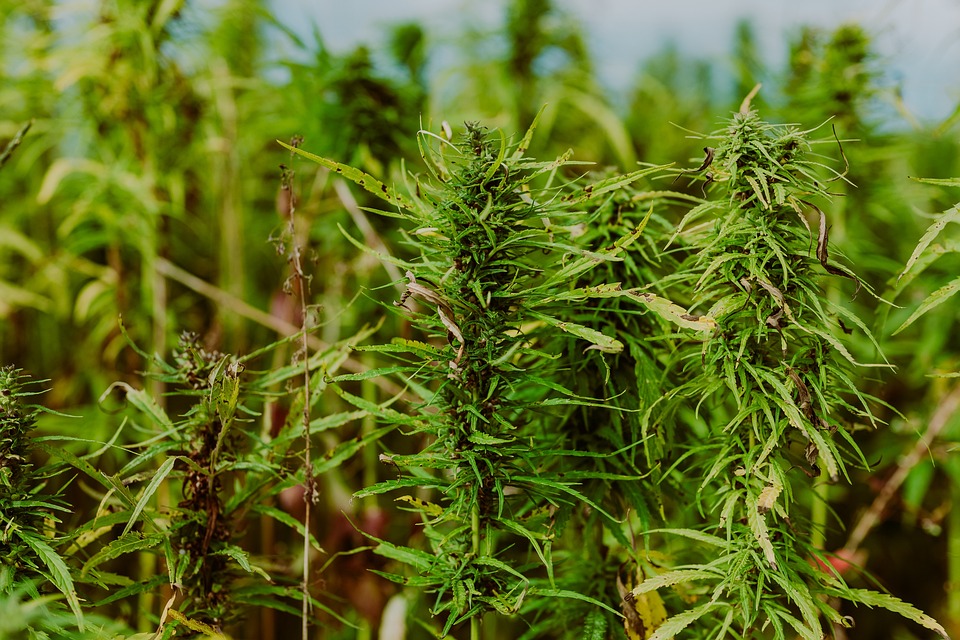From the War on Drugs to Legalization: The Evolution of Marijuana Policies
Introduction
For decades, marijuana has been at the center of a contentious debate in the United States. From the War on Drugs initiated in the 1970s to the recent wave of legalization sweeping across the country, the policies surrounding marijuana have evolved significantly over the years. In this article, we will explore the history of marijuana policies in the U.S. and the factors that have led to the changing attitudes towards the plant.
The War on Drugs
In the 1970s, President Richard Nixon declared a “War on Drugs” in response to the increasing use of marijuana and other illicit substances. This led to harsh penalties for drug offenses and a focus on enforcement rather than treatment. The policies put in place during this time had a lasting impact on marijuana prohibition, with severe criminal penalties for possession and distribution.
Medical Marijuana Movement
Throughout the 1990s and early 2000s, a growing body of research supported the medicinal benefits of marijuana. This led to the passage of medical marijuana laws in several states, allowing patients with qualifying conditions to access cannabis for therapeutic purposes. The medical marijuana movement played a crucial role in changing public perception of the plant and paved the way for further legalization efforts.
Legalization Initiatives
In 2012, Colorado and Washington became the first states to legalize recreational marijuana for adult use. This marked a turning point in the marijuana policy landscape, with more states following suit in subsequent years. Today, more than half of U.S. states have legalized marijuana in some form, either for medical or recreational use.
Regulation and Taxation
Legalization of marijuana has brought about a new era of regulation and taxation. States that have legalized marijuana have implemented strict regulations on cultivation, distribution, and sales to ensure public safety and reduce illicit market activity. Additionally, marijuana sales are taxed, generating significant revenue for state governments that can be used for various public programs.
Public Opinion
Public opinion on marijuana has shifted dramatically in recent years, with the majority of Americans now supporting its legalization. This change in attitudes has been driven by increased awareness of the plant’s medicinal benefits, the failure of prohibition to curb use, and a desire to end the criminalization of nonviolent drug offenders.
Conclusion
The evolution of marijuana policies in the United States reflects a changing understanding of the plant and its potential benefits. From the harsh enforcement of the War on Drugs to the current trend towards legalization and regulation, attitudes towards marijuana have come a long way. As more states move towards legalization, it is likely that federal policies will continue to shift to accommodate the changing landscape of marijuana laws.
FAQs
Is marijuana legal in all states?
No, marijuana is not legal in all states. While a majority of states have legalized marijuana in some form, there are still states where it is prohibited for both medical and recreational use.
What are the potential benefits of marijuana?
Marijuana has been shown to have various medicinal benefits, including pain relief, anti-inflammatory properties, and anti-anxiety effects. It may also be used to treat conditions such as epilepsy, PTSD, and chronic pain.
How does legalization impact crime rates?
Some studies have shown that legalization of marijuana can lead to a decrease in certain types of crime, such as drug-related offenses and violent crime. However, the impact of legalization on crime rates can vary depending on various factors.


Comments are closed.